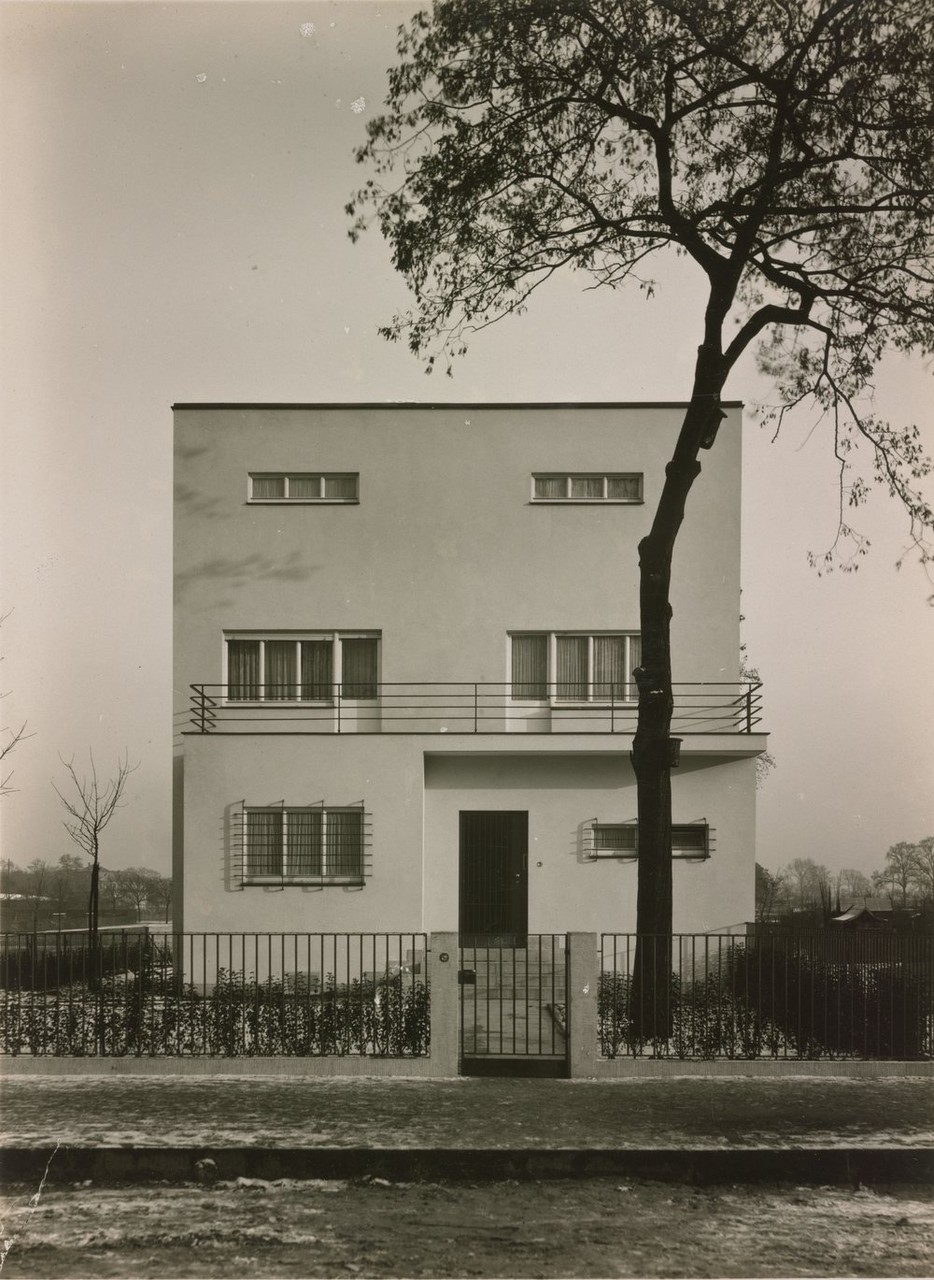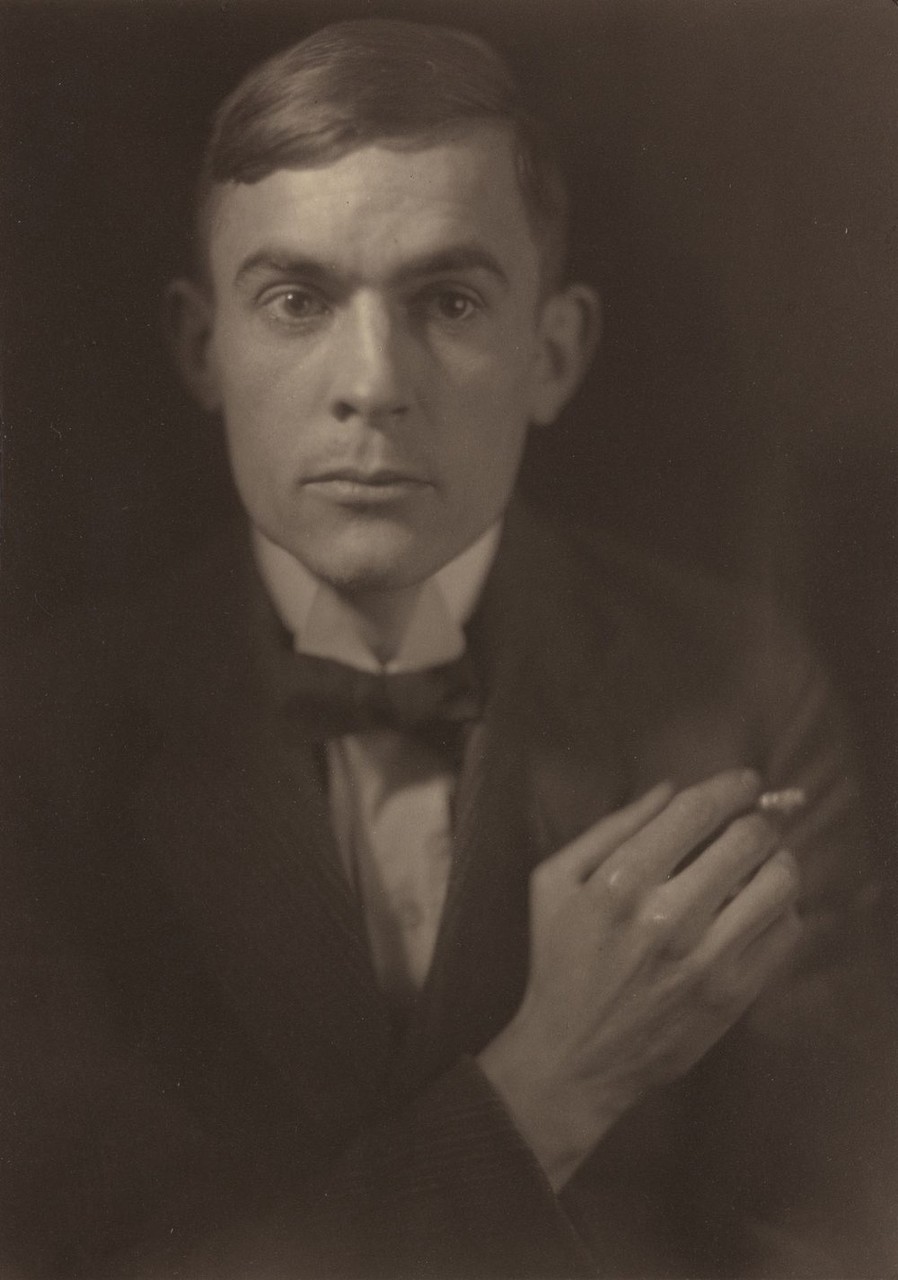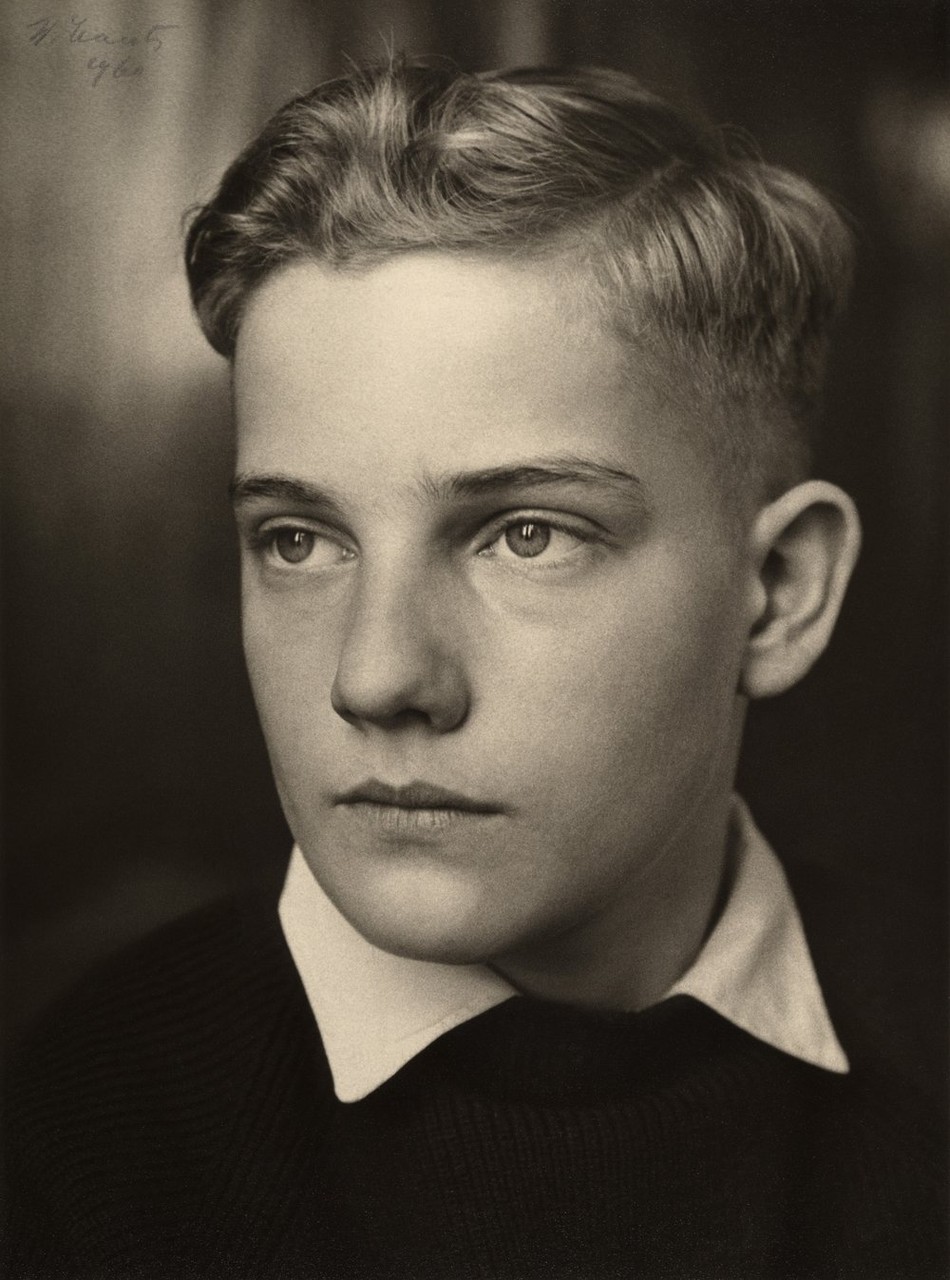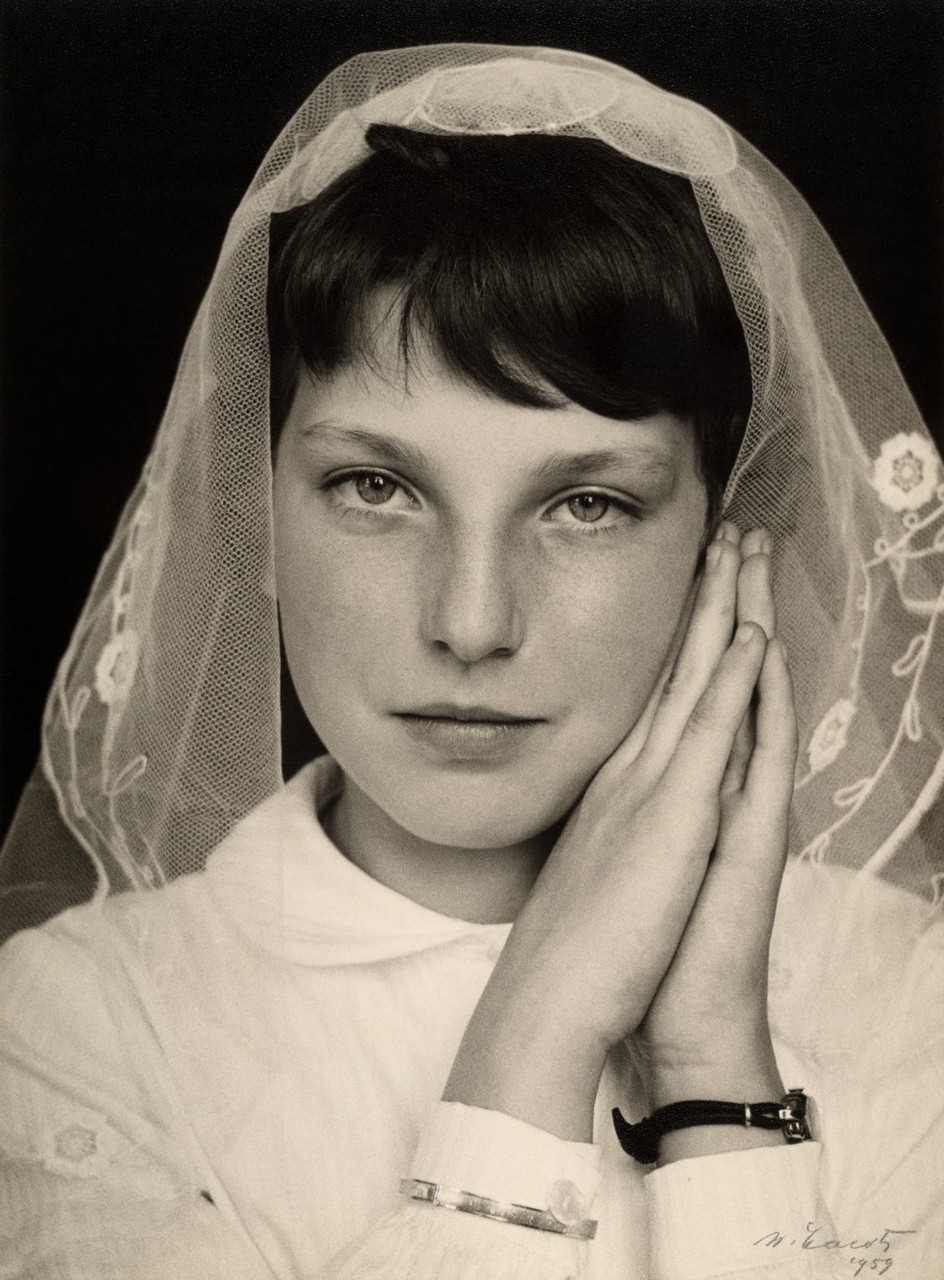Werner Mantz
Architectures and People
14 Oct 2017 - 21 Jan 2018

Werner Mantz, House on Lentstrasse, Cologne, around 1928, © VG Bild-Kunst, Bonn 2017 Photo: Rheinisches Bildarchiv Köln, Cologne

Werner Mantz, Café Wien, Cologne, 1929, Museum Ludwig, Cologne, © VG Bild-Kunst, Bonn 2017, Photo: Rheinisches Bildarchiv Köln, Cologne

Werner Mantz, Portrait of Anton Räderscheidt, 1923, Museum Ludwig, Cologne, © VG Bild-Kunst, Bonn 2017, Photo: Rheinisches Bildarchiv Köln, Cologne

Werner Mantz, Portrait of a Boy, Wirts Family, Limburg, 1960, Nederlands Fotomuseum, Rotterdam, © VG Bild-Kunst, Bonn 2017, Werner Mantz / Nederlands Fotomuseum Foto: Nederlands Fotomuseum, Rotterdam

Werner Mantz, Communion Portrait of a Girl, Limburg, 1959, Nederlands Fotomuseum, Rotterdam, © VG Bild-Kunst, Bonn 2017, Werner Mantz / Nederlands Fotomuseum, Foto: Nederlands Fotomuseum, Rotterdam
WERNER MANTZ
Architectures and People
14 October 2017 – 21 January 2018
Curator Miriam Halwani about working on the exhibition
Werner Mantz (1901–1983) is known as one of the most prominent photographers of the Neues Bauen movement of modernist architecture in Cologne during the 1920s. Born and raised in Cologne, in 1921 he opened a photo studio, where he initially took portraits of famous intellectuals, artists, and politicians. In 1926 he began receiving commissions as an architectural photographer for Wilhelm Riphahn, Peter Franz Nöcker, Caspar Maria Grod, and other representatives of avant-garde architecture who implemented Konrad Adenauer’s housing policy for a modern Cologne. Architectural magazines such as Bauwelt, Die Form, and Bauwarte frequently published his works. Their objective, black-and-white austerity gives the deserted buildings and streets in Mantz’s pictures the appearance of monumental backdrops of the modern age. It was these pictures that made Cologne’s modernist architecture renowned beyond the boundaries of the city.
In 1932 Mantz opened a second studio in Maastricht, and he moved to the Netherlands in 1938. There he returned to portrait photography and specialized in portraits of children. He saw his portraits as equally important as his architectural photographs, but they have not yet been exhibited. The Museum Ludwig will now bring together these two aspects of his oeuvre and will allow visitors to experience it in its historical breadth and diversity for the first time ever.
“In the 1920s, Werner Mantz photographed modern architecture and later children looking seriously into the camera on their first communion. As banal as his subjects seem at first glance, during the preparations for the exhibition I was surprised by the coolness and eeriness that his pictures exude. The buildings that he photographed are devoid of people, clean, almost virtual. We do not know the identities of the people in the portraits taken in his studio in the 1950s. In a way, we are only left with outer shells. And it is precisely for this reason that the these pictures persist in our memory. We cannot link them to a story and file them away in our minds. This was an experience that became possible only by engaging with the pictures in the room and that I had not anticipated in the initial planning of the exhibition.”
About the exhibition
The exhibition is a joint production with the Nederlands Fotomuseum in Rotterdam, which holds the extensive collection of Mantz’s photographs from the Netherlands. Curators: Miriam Halwani (Museum Ludwig) and Frits Gierstberg (Nederlands Fotomuseum)
The exhibition is generously supported by the Ministry of Culture and Science of the State of North Rhine-Westphalia, the Kingdom of the Netherlands, GAG Immobilien AG, and the Werner Mantz Foundation.
Architectures and People
14 October 2017 – 21 January 2018
Curator Miriam Halwani about working on the exhibition
Werner Mantz (1901–1983) is known as one of the most prominent photographers of the Neues Bauen movement of modernist architecture in Cologne during the 1920s. Born and raised in Cologne, in 1921 he opened a photo studio, where he initially took portraits of famous intellectuals, artists, and politicians. In 1926 he began receiving commissions as an architectural photographer for Wilhelm Riphahn, Peter Franz Nöcker, Caspar Maria Grod, and other representatives of avant-garde architecture who implemented Konrad Adenauer’s housing policy for a modern Cologne. Architectural magazines such as Bauwelt, Die Form, and Bauwarte frequently published his works. Their objective, black-and-white austerity gives the deserted buildings and streets in Mantz’s pictures the appearance of monumental backdrops of the modern age. It was these pictures that made Cologne’s modernist architecture renowned beyond the boundaries of the city.
In 1932 Mantz opened a second studio in Maastricht, and he moved to the Netherlands in 1938. There he returned to portrait photography and specialized in portraits of children. He saw his portraits as equally important as his architectural photographs, but they have not yet been exhibited. The Museum Ludwig will now bring together these two aspects of his oeuvre and will allow visitors to experience it in its historical breadth and diversity for the first time ever.
“In the 1920s, Werner Mantz photographed modern architecture and later children looking seriously into the camera on their first communion. As banal as his subjects seem at first glance, during the preparations for the exhibition I was surprised by the coolness and eeriness that his pictures exude. The buildings that he photographed are devoid of people, clean, almost virtual. We do not know the identities of the people in the portraits taken in his studio in the 1950s. In a way, we are only left with outer shells. And it is precisely for this reason that the these pictures persist in our memory. We cannot link them to a story and file them away in our minds. This was an experience that became possible only by engaging with the pictures in the room and that I had not anticipated in the initial planning of the exhibition.”
About the exhibition
The exhibition is a joint production with the Nederlands Fotomuseum in Rotterdam, which holds the extensive collection of Mantz’s photographs from the Netherlands. Curators: Miriam Halwani (Museum Ludwig) and Frits Gierstberg (Nederlands Fotomuseum)
The exhibition is generously supported by the Ministry of Culture and Science of the State of North Rhine-Westphalia, the Kingdom of the Netherlands, GAG Immobilien AG, and the Werner Mantz Foundation.

